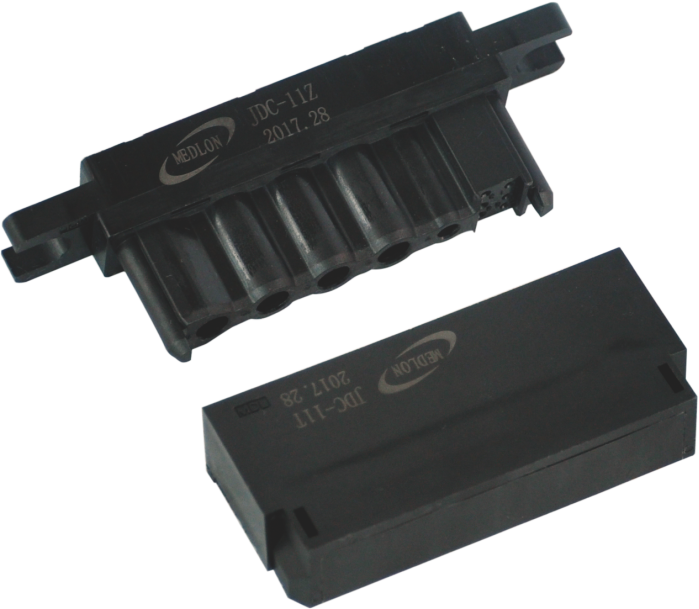



feature: Input voltage: maximum 220V, minimum 110V Output voltage: generally 5V or 12V Input current: Varies according to output voltage and load power Output power: depends on load capacity and output voltage Working frequency: generally 50Hz or 60Hz Advantage: 1. Versatility: Combination AC-DC and split power options are available, and the module can be configured to fit most designs 2. Convenient and flexible: easy to maintain and replace. 3. Safe and reliable: waterproof, dustproof and durable, 4. Quick connection: plug-in connection, can be quickly connected and disconnected, convenient for daily use 5. Multiple interface options: such as circular connectors, square connectors, threaded connectors, etc.
Specifications
| Component Type | camera power connector |
| Gender | Header/Receptacle |
| Header Pin Pattern (Left to Right) | Power/Signal |
| Number of Contacts (Power) | 4 |
| Number of Rows (Power) | 1 |
| Number of Contacts (Signal) | $keyworrd{12} |
| Number of Rows (Signal) | 4 |
| Termination Style | Solder To Board |
| Orientation | Right Angle |
| Pitch (Power) | 6.35mm (0.250in) |
| Pitch Signal) | 2.54mm (0.100in) |
| Current Rating | $keyworrd{13}A max. for One Powered Contact |
| Resistance (Power Contact) | Maximum for mated pair is 2mΩ |
| Resistance (Signal Contact) | Maximum for mated pair is 20mΩ |
| Dielectric Withstanding Voltage | $keyworrd{14}V DC for power ; $keyworrd{15}V DC for signal contacts |
| Durability (Mating cycles) | $keyworrd{16} Mating Cycles |
| Operating Temperature Range | -$keyworrd{13}°C to +125°C |
| Material Housing | PPA, glass fiber reinforce, UL94V-0 |
| Plating Contact area | 0.76μm (29.921μin) Gold |
| ail Plating (Signal) | 1.98μm (78μin) Tin |
| Tail Plating (Power) | 1.98μm (78μin) Tin |
| Guide Feature | Guide Pin Pocket |
| Packaging | Cartons or Tray |
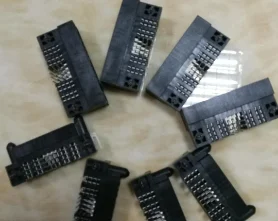
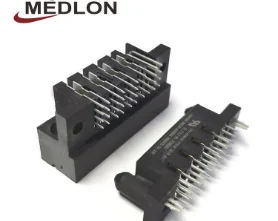
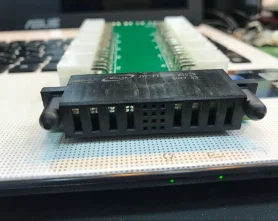
1.About camera power connector production skills training
Power connector production skills training is designed to help workers learn the skills needed to produce power connectors. This type of training typically covers topics such as the types of power connectors available, the tools and materials needed to produce them, and the steps involved in the production process. It may also include instruction on safety protocols and quality control measures. Training may be provided in a classroom setting or online.
2.How does a camera power connector differ from a regular electrical connector?
Our mission is to provide customers with the best solutions for camera power connector. A power connector is designed to carry higher currents than a regular electrical connector. Power connectors are typically used to connect power supplies, motors, and other high-power devices. They are usually larger and sturdier than regular electrical connectors, and they often have additional safety features such as locking mechanisms and strain reliefs.
3.Can camera power connectors be used in harsh environments?
We adhere to the principle of quality first and have a complete production quality management system and quality inspection process. Yes, power connectors can be used in harsh environments. Many power connectors are designed to be durable and resistant to extreme temperatures, dust, moisture, and other environmental factors.
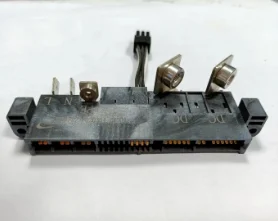
4.Can camera power connectors be used for high-power applications?
We focus on teamwork and communication to achieve common goals, We attach great importance to this detail. Yes, power connectors can be used for high-power applications. However, it is important to select the right type of connector for the application, as some connectors are not designed to handle high power levels.
5.What kind of material is commonly used for making camera power connectors?
We focus on innovation and continuous improvement to maintain a competitive advantage. Power connectors are typically made from metals such as copper, aluminum, and brass, as well as plastics such as nylon and polycarbonate.
6.Are there any compatibility issues when using camera power connectors from different manufacturers?
Our camera power connector products undergo strict quality control to ensure customer satisfaction. Yes, there can be compatibility issues when using power connectors from different manufacturers. Different manufacturers may use different sizes, shapes, and pin configurations for their power connectors, which can lead to incompatibility issues. Additionally, some manufacturers may use proprietary connectors that are not compatible with other brands. It is important to check the specifications of the power connectors before purchasing to ensure compatibility.

7.Can a camera power connector handle high temperature and vibration?
Our mission is to provide customers with the best solutions for camera power connector. Yes, power connectors are designed to handle high temperatures and vibrations. They are typically made of materials such as stainless steel, aluminum, and brass, which are all resistant to high temperatures and vibrations.
8.Are there any environmentally-friendly options for camera power connectors?
Our company has many years of camera power connector experience and expertise. Yes, there are several environmentally-friendly options for power connectors. These include connectors made from recycled materials, connectors with low-impact manufacturing processes, and connectors with low-emission designs. Additionally, some connectors are designed to be more energy efficient, reducing the amount of energy used during operation.
9.Can camera power connectors be used in low voltage applications?
We have established long-term and stable partnerships with our suppliers, so we have great advantages in price and cost and quality assurance. Yes, power connectors can be used in low voltage applications. However, the power connector must be rated for the specific voltage and current requirements of the application.

10.Is there a risk of electrical shock when handling camera power connectors?
We focus on teamwork and communication to achieve common goals, We attach great importance to this detail. Yes, there is a risk of electrical shock when handling power connectors. It is important to make sure that all power connectors are properly insulated and that all safety precautions are taken when handling them.
11.About camera power connector inventory
Power connector inventory is a type of inventory that is used to track the various types of power connectors that are used in a variety of electronic devices. This type of inventory is important for ensuring that the right type of power connector is available for any given device. It also helps to ensure that the correct type of power connector is used in the correct application. This type of inventory can be used to track the quantity of each type of power connector, as well as the type of connector and the manufacturer.
12.Can camera power connectors be used for both AC and DC power?
We have established a good reputation and reliable partnerships within the camera power connector industry. No, power connectors are designed to be used for either AC or DC power, but not both.
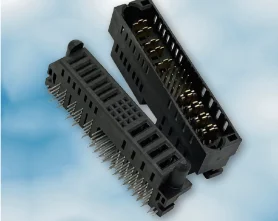
13.Can camera power connectors support high-frequency signals?
We adhere to the principle of quality first and have a complete production quality management system and quality inspection process. Yes, power connectors can support high-frequency signals. However, the type of connector used will depend on the specific application and the frequency of the signal. For example, coaxial connectors are often used for high-frequency signals, while screw terminals are better suited for lower-frequency signals.
14.What is a camera power connector?
We focus on innovation and continuous improvement to maintain a competitive advantage. A power connector is a type of electrical connector used to connect a power supply to a device. It is typically used to provide power to electronic devices such as computers, printers, and other electronic equipment. Power connectors come in a variety of shapes and sizes, and are designed to fit specific power requirements.
Tag:chassis mount power connector,dc power connector male,6+2 power connector,6 pin motherboard power connector
Next:c64 power connector